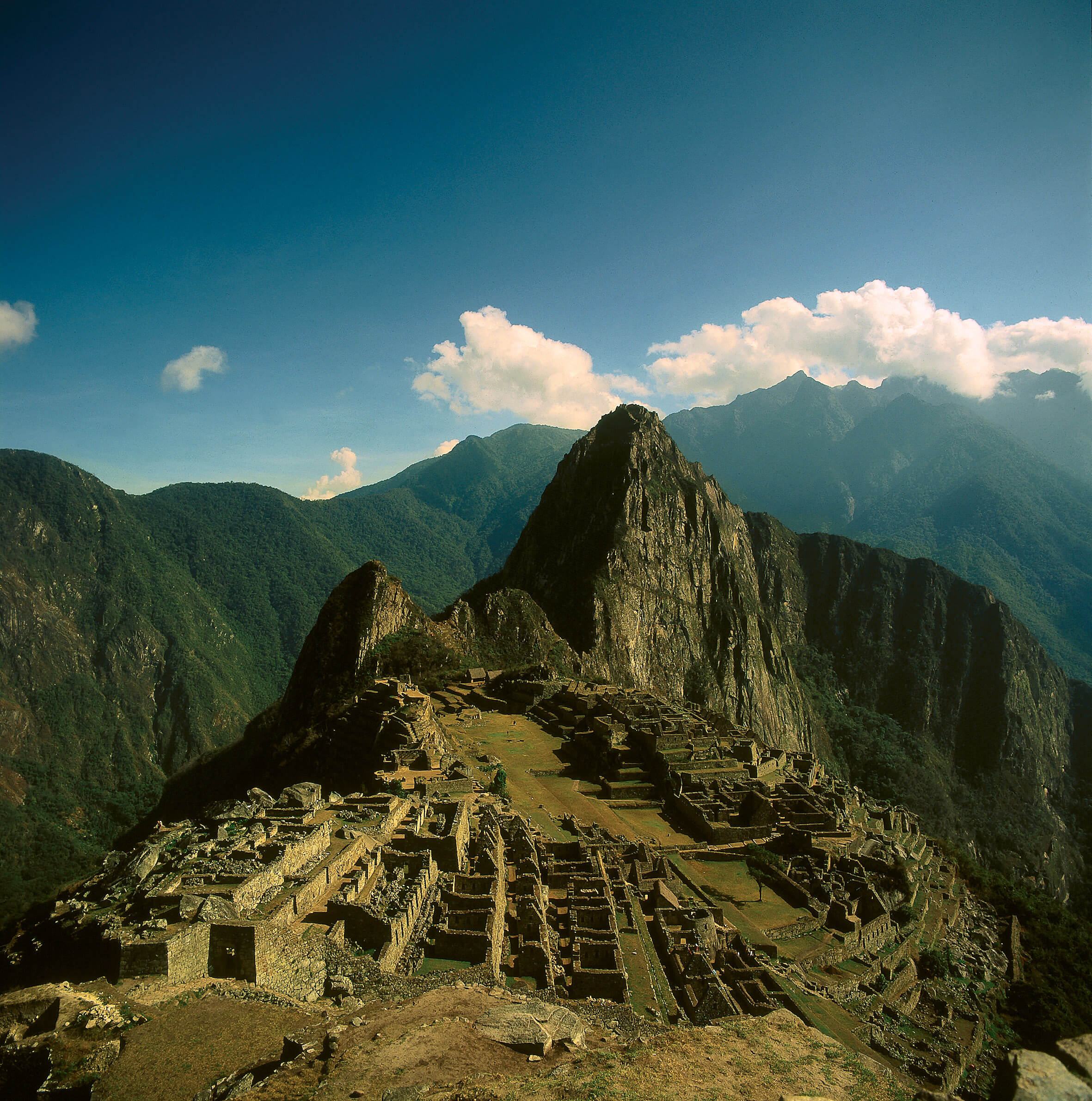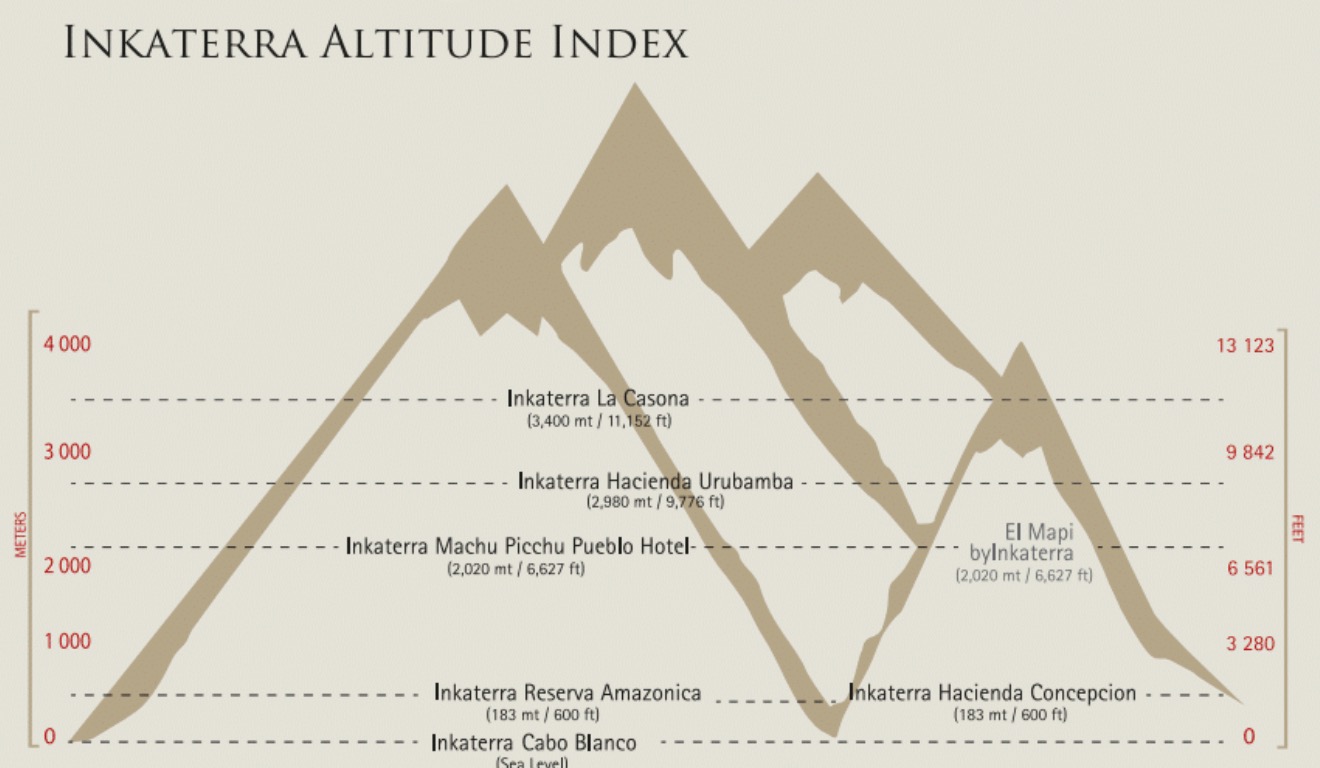What’s the Deal with Altitude Sickness in Peru, and How to Avoid It?
What’s the deal with altitude sickness in Peru,
and how to avoid it?
I spent the better part of ten years living in Cusco and guiding hundreds of visitor through the Andes. The people I guided came from all walks of life, were of all ages, and spanned every fitness level from “never been hiking and have two knee replacements” to “I run a marathon every other week.” So, I’ve personally experienced about all that can be experienced when it comes to travelers dealing with the challenges of altitude in Peru.
Altitude issues in Peru is a major worry for most first time visitors, and “how will altitude affect my trip/affect my client’s trip” is the the most frequently asked question I receive. This blog shares my personal experience, advice on what to expect, and preventative measures you can take. But do note that this is not from a medical professional’s point of view, but from a practical sense as experienced during my years of guiding.
First, most people ask, “will I get altitude sickness?”. The straight answer to that is, “I don’t know, and neither will you, until you are there.” I’ve had guests as young as 3 and as old as 83 on trips, age doesn’t seem to matter. I guided an ultra-marathon runner who was used to running up to 120 miles at a time, ate a perfect natural diet and he was utterly destroyed from arrival until departure with altitude sickness. On the other end, I’ve guided many “party dudes” who insisted on lighting up a cigarette and seeking out a beer the moment they disembarked at Cusco’s 12,000ft rarified altitude, and suffered no ill effects whatsoever. So really, altitude sickness is indiscriminate, and effects every single person differently. You’ll never know how you fare until you get there.
But that doesn’t mean you should pour yourself a snifter of brandy, light up a cigar and leave it in the hands of the Pachamama. There are certain things you can, and should do, prior to your trip, and during your trip, to “stack the deck” in your favor. Let me elaborate on a few of them:
1) Intelligent itinerary design.
Just as people who climb Everest make their ascent slowly, and incrementally increase their altitude over time, a well-planned itinerary in Peru should do the same. Start low and end high. The graphic below from Inkaterra is an excellent one which shows the major points of interest in Peru and their respective altitudes. Here are the main visitor sites in ascending order:
Lima: Sea Level
Amazon: 600ft (183 meters)
Machu Picchu: 6,627 feet (2020 meters)
Arequipa: 7,600 feet (2,315 meters)
Sacred Valley: 9,776 feet (2,980 meters)
Cusco: 11,152 ft (3,400 meters)
Lake Titicaca and Puno: 12,500 feet (3,810 meters)
Since most everyone coming to Peru will be visiting Cusco, the Sacred Valley and Machu Picchu – let me use that as an example. To get to Machu Picchu (which people are always surprised to learn is actually quite low in elevation and in the subtropical cloud forest) you must fly from Lima at sea level to the airport in Cusco at 11,100 feet. This is a huge jump in altitude in just a one hour flight. It’s generally not the best to land and sleep in Cusco as a first stop. It’s better to land in Cusco, and then get down to Machu Picchu at 6,600 feet by vehicle and train in one day. Or arrive in Cusco and take the one hour drive into the Sacred Valley to spend your first few nights at 9,776ft which is much easier to acclimate at than at the height of Cusco. It puts less strain on your body. For every thousand feet of increased altitude, the amount of oxygen in the air decreases exponentially, thus increasing the likelihood of experiencing altitude sickness. This is especially true after crossing 10,000ft elevation. So head first to Machu Picchu or the Sacred Valley, then come back to enjoy Cusco once your body is better acclimated from the time spent at a lower elevation in the Sacred Valley and Machu Picchu.
As another alternative, you could choose to make a stop in Arequipa or go to the Amazon basin as a first stop on your trip before tackling the higher elevations. And if you plan to do Lake Titicaca, make sure you do this as a last stop on the trip as it is one of the highest places most visitors to Peru go and the one where people are more likely to have issues.
2) The First 24 Hours is Vital
I know people are excited to land and hit the ground running in this beautiful and exotic destination, but if you can, force yourself to build in a rest day without anything planned on the day you arrive at altitude. It’s the single best thing you can do for yourself and will set you up for a wonderful trip in the days ahead. When confronted with altitude, your body must work extremely hard to build up more white blood cells to carry more oxygen. So let your body do this and don’t put any additional strain on it than absolutely necessary. Get to where you are going, and lay down to read a book, take a nap, watch some TV, or whatever, so long as you are moving your body as little as possible.
The air at elevation is also quite dry and your body needs to be hydrated to build up the white blood cells. Drink a TON of non-carbonated, non-alcoholic and non-caffeinated beverages in the first 24 hours and keep the intake up the whole time at altitude. You’ve probably heard of drinking “Coca Tea” in Peru, and yes it is good. I personally don’t think you are getting any therapeutic magic from the Coca leaves in acclimating, but it is a non-carbonated, non-alcoholic, and non-caffeinated herbal tea, so give it a try. Ultimately you are hydrating with it. Also your body digests food a lot slower at altitude, so digestion takes away energy from your body that it needs to acclimate. So eat small light meals that are easy to digest that first day and make sure to eat several hours before trying to sleep; a bowl of soup is perfect. If you can force yourself to do nothing the first 24 hours, drinks tons of liquids and eat light – you are doing the best thing possible to set yourself up for success, not just initially but for the entire trip. If you overexert yourself, drink alcohol and eat a huge meal – you are going to feel it, and it’s going to set you back in a major way on the road to acclimation.
3) Shall I consider taking altitude medication?
I’m not a medical doctor, but in my ten years guiding visitors at altitude in Peru I had way more negative experiences with people who arrived taking these medications than positive ones.
There is a prescription medication called Acetazolamide (brand name Diamox) that has proven effective for many at altitude. But this medication was not made for altitude, it was made for treating glaucoma. Here is why I don’t like it from a guide’s perspective: First, you need to start taking it a few days before you arrive at altitude and need to keep taking it. So you never really know or learn how your body naturally responds to altitude. Second, the medication is a diuretic, so it’s counter productive in one sense that you are trying to keep your body hydrated, but taking a medication that is making you urinate more frequently. And third, the biggest drawback I saw with many people is that there are a lot of strange side effects that the medication can produce. The main ones being tingling in the extremities, lightheadedness, and a weird metallic taste to carbonated beverages. These uncomfortable side effects often make people hyper aware of their body and thus produce anxiety for them, and make it impossible to determine if these sensations are because of the altitude, or in reaction to the medication.
If you have been to altitude before and know that your body has a terrible time with acclimating, then that is the one scenario where I think trying Diamox is a good idea. But for anyone else, building in time to acclimate naturally is the best course of action.
4) What about oxygen supplements?
There are a few hotels that market that they have “oxygen enriched” rooms. This is great if you plan to stay in your hotel the entire time while in the Andes, but is counterproductive to allowing your body to acclimate naturally if you are sleeping in a room full of additional oxygen.
Every hotel in the Andes generally has oxygen bottles at the reception desk and most tour companies have oxygen bottles in their vehicles too. These are used if someone is feeling very ill at altitude, are dizzy, can’t catch their breath or have a racing heart rate, often from overexertion on arrival. The treatment is to provide oxygen therapy of 10-15 minute increments as a boost, not to keep the mask on for hours at a time.
In summary, don’t worry about Altitude too much and certainly don’t let it put you off from coming to Peru. Millions of people every year come and very few have major issues. If you have the right itinerary planned, and take the precautions mentioned here, you are sure to have an amazing time.
Here below is a perfect itinerary in Peru, taking altitude into consideration, and staying at Inkaterra’s properties:
Day 1: Arrive Lima and overnight
Day 2: Fly from Lima to the Amazon in Puerto Maldonado to stay at Inkaterra Reserva Amazonica or Inkaterra Hacienda Concepcion.
Day 3: Excursion in the Amazon
Day 4: Excursions in the Amazon
Day 5: Fly to Cusco, drive to Ollantaytambo and take the train to Machu Picchu, staying at Inkaterra Machu Picchu Pueblo Hotel.
Day 6: Spend the morning enjoying the free activities on the hotel grounds of Inkaterra Machu Picchu Pueblo Hotel (tea plantation, orchid garden, bird watching, the spectacled bear project, etc) then head up to Machu Picchu after lunch around 2pm. There are far fewer people in the afternoon than in the morning, and the light is glorious. Sunset is often more spectacular than Sunrise in my experience. Spend a second night at the Inakterra Machu Picchu Pueblo Hotel.
Day 7: Take a morning train from Machu Picchu to Ollantaytambo in the Sacred Valley. Tour the Sacred Valley and overnight at Inkaterra Hacienda Urubamba.
Day 8: Additional day exploring the Sacred Valley and staying at Inkaterra Hacienda Urubamba.
Day 9: Drive to Cusco in the morning and explore Cusco and surroundings this afternoon. Overnight at Inkaterra La Casona.
Day 10: A full day exploring Cusco and a second night at Inkaterra La Casona.
Day 11: Fly back to Lima and depart, or extend your trip at this point to visiting Lake Titicaca and staying at Titilaka.


